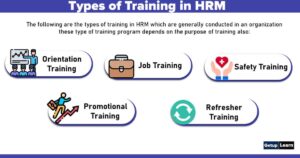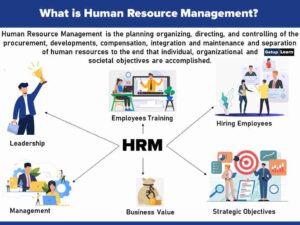Employee absenteeism is a costly problem in the United States. Billions of dollars worth of productivity are lost every year. When you run a large business, it can seem like someone calls out sick daily.
This can cause a great deal of frustration and stress for those who must plug the productivity gaps. No business will enjoy a flawless attendance record, but you may be able to manage absenteeism in the workplace in these ways:
- Using Employee Call-Off Systems
- Establishing An Attendance Policy
- Improving Employee Well-being
- Offering Flexible Work Options
- Address Unsanctioned Absenteeism
Table of Contents
Using Employee Call-Off Systems
Those in charge of managing employee call-offs can sometimes have difficulty finding out who’s away from the workplace and who they can use to take their place. An employee call-off system can be helpful for both of these challenges.
Dedicated systems let employees call one number to report their absence. This ensures everyone who needs to know about an employee being away can be kept in the loop. They are also helpful for employees to see their time-off entitlements and can be a record-keeping tool for better HR management.
Establishing An Attendance Policy
You can’t expect employees to follow an attendance policy if you don’t have a clear, accessible one in place. If you haven’t created an attendance policy, now might be the right time to do so. There are many easy attendance policy templates online to help you get started.
These policies can outline your expectations, including how to report absences. They can also detail the consequences of repetitive or unsanctioned absences.
Improving Employee Well-being
Mental and physical health challenges are among the leading causes of absenteeism in the workplace. When people aren’t feeling at their best, they may be more inclined to call out sick, causing productivity losses for their employers.
You can’t prevent all employee illnesses, but business changes promoting employee wellness may make more of a difference than you think. There are several measures you can take:
- Improving worker schedule stability
- Ensuring adequate staffing to prevent burnout
- Fostering a sense of social belonging
- Encouraging communication
- Offering health initiatives
- Providing access to mental health services
Offering Flexible Work Options
Many employees can struggle with the demands of their workplaces. They might be required to work long hours and have to manage a commute on top of that. Suffering burnout, they may call out more often than someone with a more flexible work arrangement.
If your business can provide flexible work options, consider it to benefit your attendance rates. Enabling your employees to work from home or with more agreeable hours may make them less likely to call out sick.
Address Unsanctioned Absenteeism
It sometimes doesn’t matter how many policies you implement and new measures for employee wellness. Some employees will continue to be absent. Not all employees will let you know, either.
If you don’t manage unsanctioned absenteeism, your employees may not think there are any repercussions for their actions. Start addressing unapproved leave with the consequences listed in your attendance policy. Remember to practice understanding and support while clarifying that frequent, unexplained absences have repercussions.
Absenteeism is a common problem faced by many businesses and corporations. Still, it doesn’t have to affect your business as much as others. Take some of these actions above, and you may notice attendance improvements resulting in higher productivity.
















